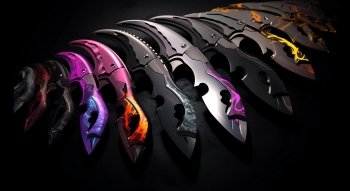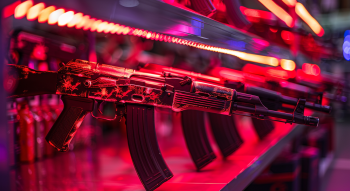64 Ticks vs 128 Ticks in CS:GO: Differences & What is Better

The discussion of the difference between 128 and 64 tick rates is all around the Counter-Strike: Global Offensive community. It’s an especially prominent topic since the release of the new Counter-Strike 2 where the developers claim to have applied a new tick rate and multiple changes to the gameplay. Let’s compare 64 ticks with 128 to understand the major difference.
How Does Tick Rate Affect Gameplay?
The tick rate in CS:GO is the speed at which a server completes an instruction set. This means that the server gathers and calculates all the events in the game caused by players and physics objects and sends the calculations back to the players. One tick constitutes each time a server completes a single set of these actions. A higher rate provides you with smooth and responsive gameplay, as it leads to better movement and shooting accuracy.
You could encounter a situation where you fired a shot at an enemy player, and it was supposed to land on the target, but the bullet somehow hit another place. Alternatively, you and your enemy could shoot each other simultaneously, and you could even hear the sound of your weapon, but somehow you end up losing. This is all the result of playing on a matchmaking server with a low, 64 rate.

Here are some clear examples of the difference between 64 ticks vs 128 ticks in real-game situations where the server couldn’t register the player’s shots correctly:
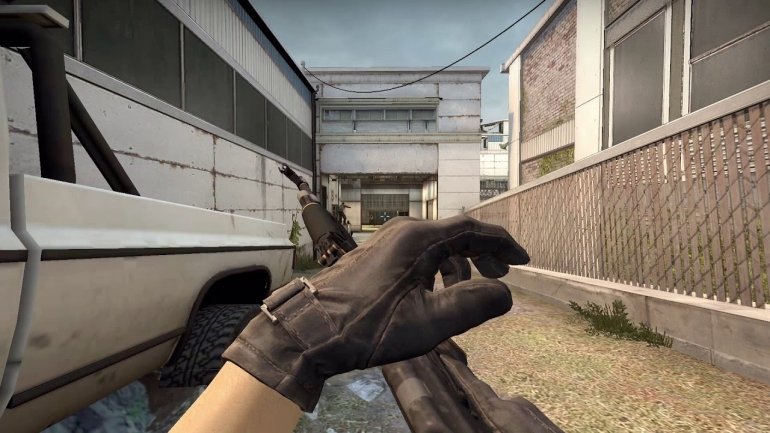
So, the 128 tick rate is definitely better than 64, right? Let's see if this statement is correct, and if so, to what extent.
128 vs 64 Tick Comparison
While official Counter-Strike: Global Offensive servers run at 64 ticks, multiple players claim the experience would be much better with 128. But what if we ask players to play on 128- and 64-tick servers and determine which is which?
This was tested by kinsi, a prominent CS:GO analyst, who ran a social experiment to test whether people can actually see the difference. The analyst launched a server with 47, 64, and 128 ticks and asked players to guess the rate after playing. As indicated in the blind test results, only 41.3% of players could make the right guess. This means that the average player is unable to detect the difference.
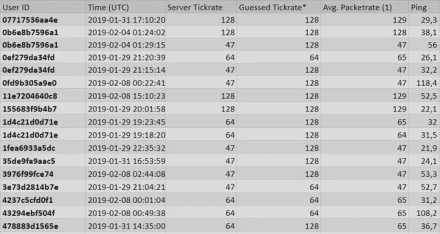
Well, even if it's so slight, why just don't implement it in the game for those 58.7% who notice it? You must know that with a higher responsiveness of 128 rate come other problems that can spoil your gaming experience.
Server Load
64 tick vs 128 tick servers have different loads. A higher rate needs more server resources to process all the information without delay effectively. Increasing the official servers’ tick rate would require doubling the resources, leading to increased load and costs. This isn’t something Valve wants, and it doesn’t affect the game that much to be worth it.
Bandwidth
In CS:GO, 64 tick vs 128 tick servers both need a good bandwidth. However, a 128-tick server requires your PC to be more powerful and your internet connection to be faster. If one of these two things doesn’t meet the requirements, you will end up with a poor gaming experience.
Accuracy and Responsiveness
It is true that 128 and 64 tick servers have different accuracy and responsiveness. You will get a smoother gaming experience with a higher rate. However, as demonstrated in the aforementioned experiment, it is unlikely to be noticeable for the average player. This makes sense for highly skilled players who feel the game inside out.

Discover how CS2 subtick enhances gameplay with our concise guide on this groundbreaking feature.
Improvements Expected in the New CS 2
The release of Counter-Strike 2 introduces a new sub-tick system. It is believed to significantly smoothen the player’s gameplay by removing the 64 vs 128 tick difference. Such servers previously evaluated the player’s actions in time intervals of the ticks, whereas the time between them didn’t exist.
This means that any actions performed between the ticks were not registered. Counter-Strike 2 makes sure the sub-tick system doesn’t keep your actions lagging behind, registering absolutely everything. So whenever you fire your weapon and hear the sound, it will be an actual shot.
Here is Valve’s official video explaining the difference:
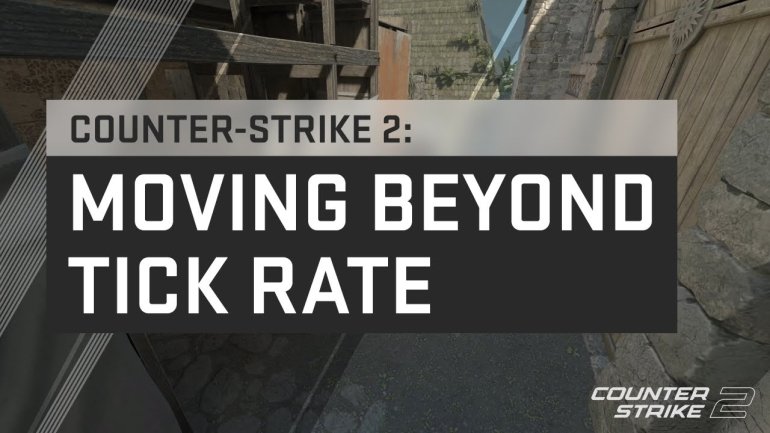
As we reviewed the differences in 64 tick vs 128 tick in CS:GO, it is clear that the latter option is widely considered better for professional players. However, as the 128 vs 64 tick comparison revealed only little changes and increased load on the player’s PC and server, Valve didn't want to change anything until the CS 2 release, where they’ll introduce a completely new sub-tick system. It should ensure smooth gameplay in every mode, including competitive, while not decreasing game performance.
FAQ
Yes, when choosing 64 tick or 128 tick servers, you will get a better gaming experience on the second server. A higher rate is always better for the player, although it requires more resources from the server, your PC, and your internet connection.
Increasing the servers’ tick rate requires more resources, leading to increased costs. This would also make the game unavailable for people with weak computers, as it would load their hardware more. That’s why Valve decided to choose 64 as the optimal solution.
It will no longer matter whether you play on a 64 or 128 tick server. The sub-tick system will ensure all your actions are registered immediately, ensuring nothing is left behind. Now, everything you see will be everything you’ll get.


